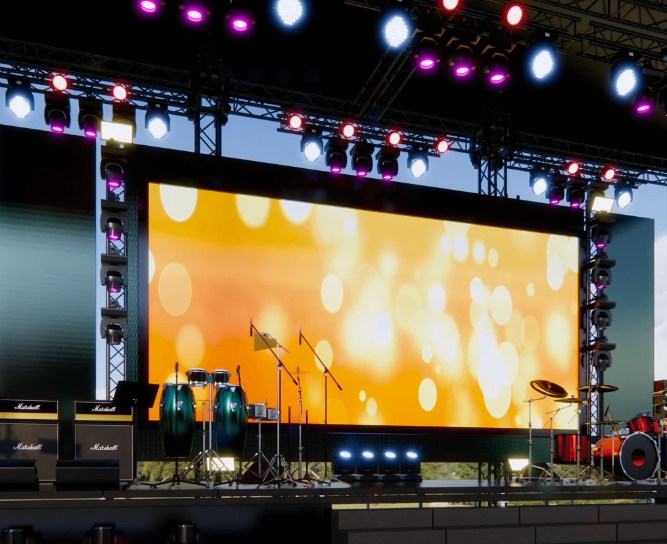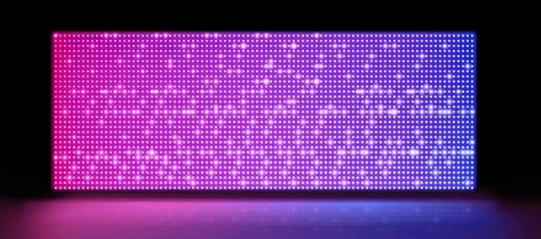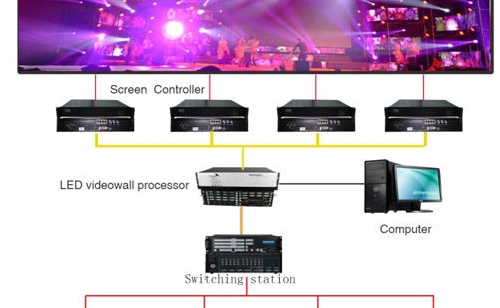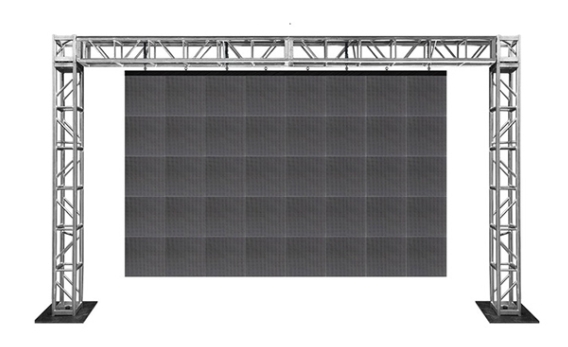Nowadays, LED displays have become indispensable, transforming the way we communicate, entertain, and interact with our surroundings. Their versatility, visual impact, energy efficiency, and ability to deliver dynamic content have made them a vital component of our everyday lives. For most of us, as the viewers, we only notice the mesmerizing tapestry of vibrant colors, stunning visuals, and dynamic content of LED displays. But to operate an LED display, you will need some essential components as well as the screen itself, and sometimes, take environmental factors into consideration before you install the screen and do the setups.
Here is a brief guide over everything you need to operate an LED display.

LED Display Panels:
These are the physical panels that contain the array of LEDs. LED displays come in various sizes, resolutions, and configurations, suitable for indoor or outdoor use. The panels can be modular, allowing for easy assembly and customization.

LED Display Controller:
An LED display controller is a device that connects to the LED display panels and controls their behavior. It receives input signals and commands, processes them, and sends the appropriate instructions to the panels to display specific content, such as images, videos, or text.

Content Source:
You need a source that provides the content to be displayed on the LED screen. This can be a computer, media player, video processor, or other devices capable of generating or transmitting digital content. It should output the content in a compatible format for the LED display.
Media Player or Video Processor (Optional):
Depending on the complexity of your LED display setup, you may require a media player or video processor. These devices can handle tasks such as content playback, scheduling, video scaling, format conversion, and advanced video processing.
Control System:
A control system allows you to manage and operate the LED display. It can be software-based or hardware-based and provides a user interface for configuring settings, adjusting brightness, selecting content sources, scheduling playback, and monitoring the display’s performance.

Power Supply:
LED displays require a stable power supply to operate. You need to ensure that you have an adequate power source and power distribution system to supply power to the LED display panels and any accompanying devices.
Connectivity Cables:
You will need various cables to establish connections between the LED display panels, LED controller, content source, and power supply. This may include data cables (such as Ethernet or HDMI), power cables, signal converters, and any other necessary cables based on the specific requirements of your LED display setup.
Mounting Hardware:
LED display panels need to be properly mounted and installed. Depending on the installation location, you may need mounting brackets, rigging systems, frames, or other mounting hardware to securely affix the panels to a wall, structure, or supporting frame.

Environmental Considerations:
If the LED display is intended for outdoor use, you need to consider environmental factors. This might involve weatherproofing the display, protecting it from moisture, dust, and extreme temperatures, and ensuring proper ventilation and cooling mechanisms.
Maintenance and Support:
LED displays may require periodic maintenance, such as cleaning, software updates, and troubleshooting. It’s important to have a plan in place for ongoing maintenance and technical support to address any issues that may arise.
Installation and Setup:
Depending on the complexity and size of the LED display, you may need professional installation and setup services. This ensures that the display is correctly installed, calibrated, and optimized for optimal performance.
It’s worth noting that besides the above mentioned components and considerations, specific requirements and components may vary depending on the type, size, resolution, and features of the LED display. If you’re not quite sure what to do, it’s better to consult with the manufacturer, supplier, or an experienced professional in LED display installations for further guidance tailored to your specific needs.